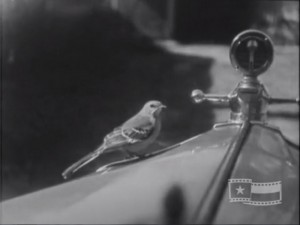
"This film includes material originally shot by the Tilley brothers in the 1910s and 1920s. W.H. Tilley later edited, compiled, and transferred these clips to 16mm, adding caption from his perspective forty years later. Scenes of note include a Krit Motor Car demonstration (1910s), a circus parade on Congress Avenue (facing the Capital, 1912) in Austin. While the brothers worked commercially in filmmaking, these clips exhibit their practice as amateur filmmakers that captured footage of personal experiences" Texas Archive of the Moving Image.
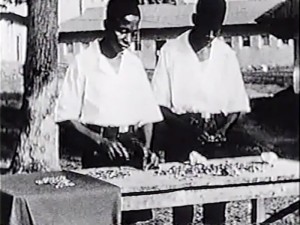
"Documentary: Illustrates plight of leprosy victims before and after the opening of the Bibanga Leper Camp by missionaries." National Archives.
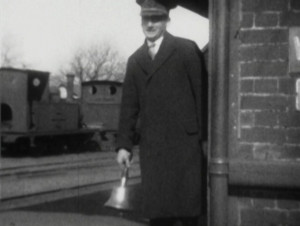
"A locally made film of the Southwold to Halesworth narrow-gauge railway." (EAFA Database)
"Spear That Fish - Few professionals have yet brought to theatre screens such scenes as Leon Paddock has captured in this entertaining 16mm color film. Using underwater camera equipment which he designed himself, he and an associate journeyed to the west coast of Mexico where they took the camera underwater and shot scenes of sturdy swimmers with water-goggles and swim-fins exploring the marine life of Mexico's off-shore waters. Shown are divers using spears and spear-guns in hunting game fish, and one diver's encounter with devilfish and other unusual marine life. The climax is marked by a duel between a diver and a shark, with the diver knifing the shark and bringing it to surface. The color photography is some of the best 16mm underseas camerawork yet to be seen. It demonstrates unusual skill as well as the filmer's knack of obtaining excellent exposures with color film in the admittedly difficult conditions which underwater invariably presents. The narration on tape contributes adequately to the screen presentation enhancing the continuity of the slick editing of this picture." American Cinematographer, May 1952, 223-4.
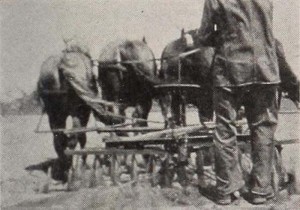
"Good organization of material and excellent photographic presentation of a familiar story make The Staff of Life, by Jack L. Krapp, an attractive and interesting film. Mr. Krapp has an eye for beauty in everyday subjects, and his progressive story of raising, harvesting and milling wheat leaves no detail uncovered in its searching, yet interesting story. Baking procedures are equally thoroughly covered, all in competent cinematography. For those who feel handicapped when working in 8mm., this film would be an inspiration, for certainly one is conscious of no limitation. A noteworthy feature is the clean cut handling of the titles." Movie Makers, Dec. 1939, 636.
"This film captures (in excellent pre-war Kodachrome) a day in the life of Stanley Park. An early effort at independent documentary production by a group of Vancouver film enthusiasts, including amateur cinematographers Oscar Burritt and Don Lytle. The Coast Films group intended to produce a series of films that could be distributed by the fledgling National Film Board of Canada, but World War II intervened, and this was their sole group effort. Stanley Park was restored in 1987 by the British Columbia Archives." (BC Archives)
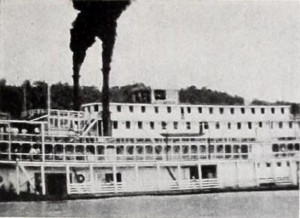
"The romance and color of a trip down the Ohio River on one of the Greene Lines few remaining flat bottomed passenger steamers are used to good advantage by Sidney Moritz in Sternwheeler Odyssey. The variety of the passing landscape, stops at wharves en route, with all the confusion of ropes, cargo and roustabouts, and general views of the stately river traffic plying the waterways gives this friendly little picture a touch of glamour. On board, the passengers and crew including "Ma" Greene, America's only woman river captain, present lively camera material. The churning paddle wheel, filmed from various angles, and the cascading waters that flatten into arcs of waves in the wake of the boat, become a motif that sustains the feeling of a ship in motion throughout the picture." Movie Makers, Dec. 1942, 508.
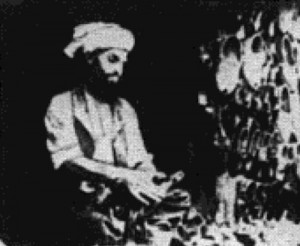
"The Stones of Eden is a documentary on the modern day life of a common wheat farmer in Afghanistan. Today he ekes out his living about the same as he did 2000 years ago. We see him fasten the yoke to his oxen and till the hard dry soil with a primitive plow. Five times a day he stops to kneel in prayer, no matter where he is. We see the grinding of wheat and the baking of bread. At the village the farmer exchanges his wheat for a few necessities, then leaves the village, his only contact with the 20th Century, for his fortified walls of stone to keep out wild animals, human enemies, and other fears. The film won the MPD Student Film Award" PSA Journal, Sept. 1965, 50.
"Depicts in detail the making of a silver coffee pot by silversmith George Bennett of W.A. Carmichael's shop in Victoria. Won honourable mention in the amateur category at the 1952 Canadian Film Awards" (Duffy, 182).
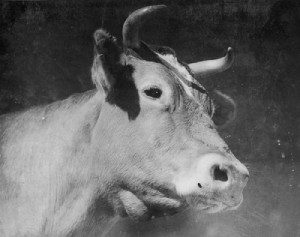
"In this feature length publicity picture, Mr. Judson has portrayed, with unfailing technical excellence and a genuine feeling for smooth cinematic design, the birth and growth to maturity of the famous Adohr Guernsey, Linetta, judged grand champion of her breed at the California State Fairs of 1935 and 1936. Save for the fact that practically all the scenes take place on Adohr farms and ranches, the film is devoid of advertising as it tells a simple and satisfying story, replete with human interest." Movie Makers, Jan. 1937, 24.
Total Pages: 79